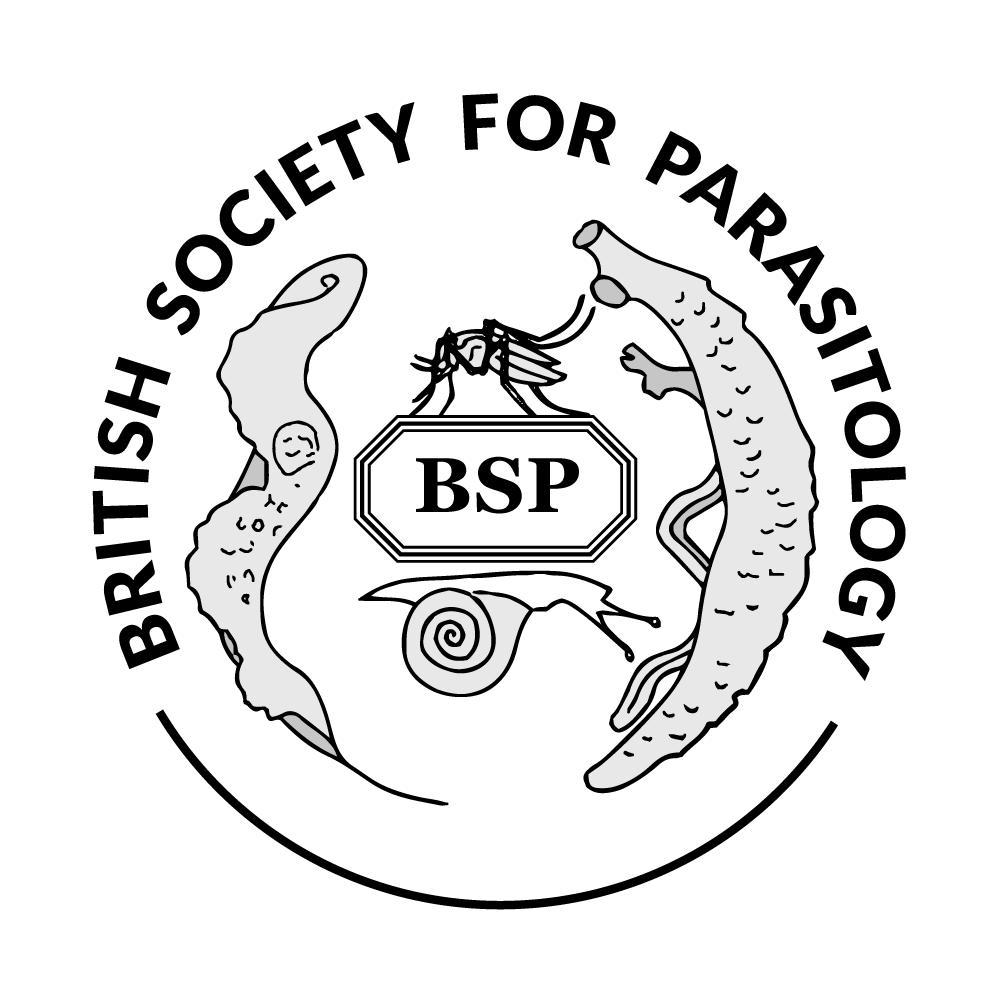Authors
W Bonavenuture1; V Silvestri1; V Mushi1; MI Mshana1; J Nyanda1; DB Laswai2; S Manyata2; PR Tarimo2; DV Gasarasi1; 1 Department of Parasitology and Medical Entomology, Muhimbili University of Health and Applied Science MUHAS P.O. Box 65001 Dar es Salaam Tanzania, Tanzania; 2 Kilimanjaro Christian Medical University College, P.O.Box 2240-MOSHI, Tanzania Discussion
Background S. mansoni infection remains a major public health concern in Tanzania. Although schistosomiasis is rarely fatal, if not treated, it can cause long-term morbidities such as anemia due to gastroenteric bleeding caused by trapping of the eggs that damage tissues through inflammation. School-based mass drug administration (MDA) with Praziquantel, improvement of water, sanitation, and hygienic practices, and increasing awareness on control among risk groups, especially among school children, have been the major control measure in the country. Despite these interventions, the prevalence of S. mansoni infection in most of these endemic areas has remained unacceptably high. Epidemiological data after the four rounds of MDA in Lower Moshi are lacking, and the factors contributing to the persistent transmission remain unknown. Hence, the need for the current study Objective: The main objective of this study was to determine the magnitude of Schistosoma mansoni infection and factors associated with persistent transmission after four rounds of Mass Drug Administration among Primary School Children in Lower Moshi, Tanzania. Materials and Methods A quantitative school-based cross-sectional study was conducted among 593 primary school students. A two-stage cluster sampling approach was used to obtain the participants. Interviewer-administered questionnaires were used to gather information on social demographic characteristics and the factors associated with the persistent transmission of S. mansoni (information on participants’ participation in MDA rounds, knowledge and attitudes towards infection, water contact, and fecal disposal practices).The prevalence of schistosoma infection was established by analyzing a single fecal sample from each participant by formal-ether concentration, and infection intensity was established through the Kato Katz technique. Descriptive statistics were used to summarize the data into frequencies, proportions and their 95% CI, Pearson’s Chi-Square (χ2) test was used to compare the differences between categorical variables and modified Poisson regression analysis was performed to establish factors which were significantly associated with infection at the significance level of 5%.
Results A total of 593 study participants were recruited for this study (257 males and 336 females). The prevalence of S. mansoni infection was 12.98% (77/593), higher among males compared to females (14.01% vs 12.02%; p= 0.51) and in the age group, 11-14 years compared to younger age groups (10.45% vs 15.8% ). Among the 77 school children positive for S. mansoni, more than half (53.25%) had light infection intensity with a few (7.79%) having heavy infection intensity. The overall geometric mean egg per gram of faeces (GM-epg) of the study participants was 89.1 GM-epg (95% CI: 71.04-111.8) Living in Mabogini ward (APR=1.268; CI: 1.2-1.339: p= 0.000), the type of toilet available (APR=1.08; CI: 1.01-1.16: p= 0.026) and participation in MDA (APR=0.918; CI: 0.848-0.994: p= 0.037) were the only factors independently associated with the persistent transmission of S. mansoni infection at multivariate analysis. Conclusions and recommendations The overall prevalence of S. mansoni infection among primary school children in Lower Moshi was moderate (12.98%). Participation in MDA, pour flush toilets, and residence (Magobini ward) were significantly associated with persistent transmission of S. mansoni infection. Further studies are recommended to map the focal points of schistosoma infection in Lower Moshi, to ensure equity in the distribution of school-based MDA. An integrated approach with adequate water supply and sanitation interventions should be added to MDA to ensure access to services without the need to visit water sources to fetch water for flushing the toilets after use. Keywords: Magnitude, S. mansoni infection, Knowledge, Attitude, Water contact practices, MDA rounds and Lower Moshi, Tanzania. 
